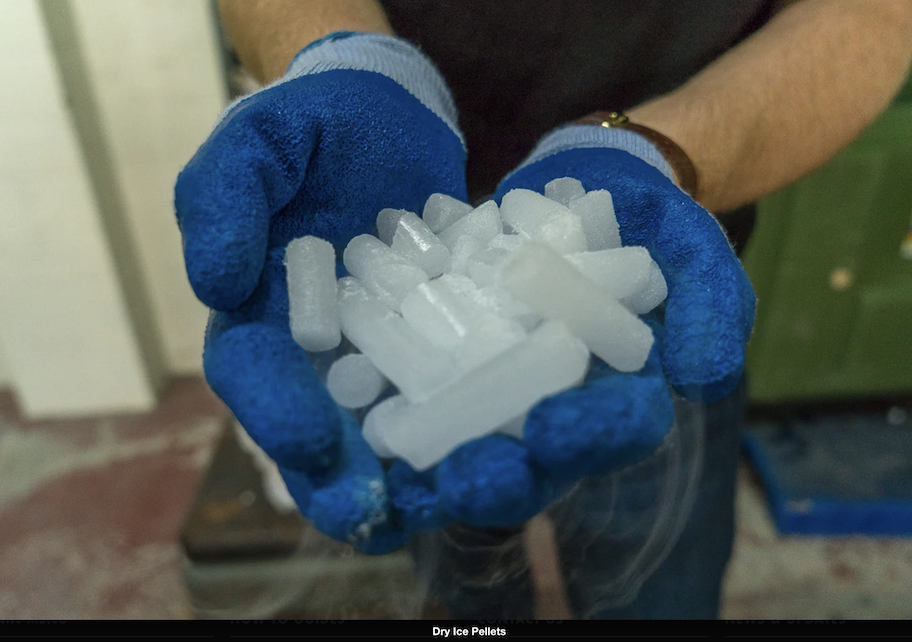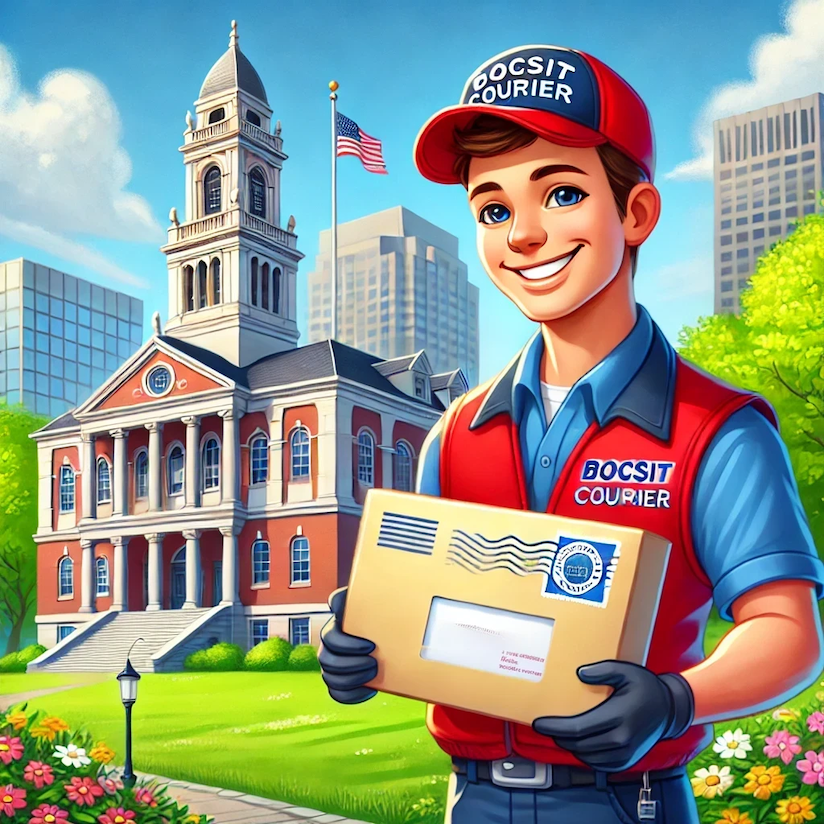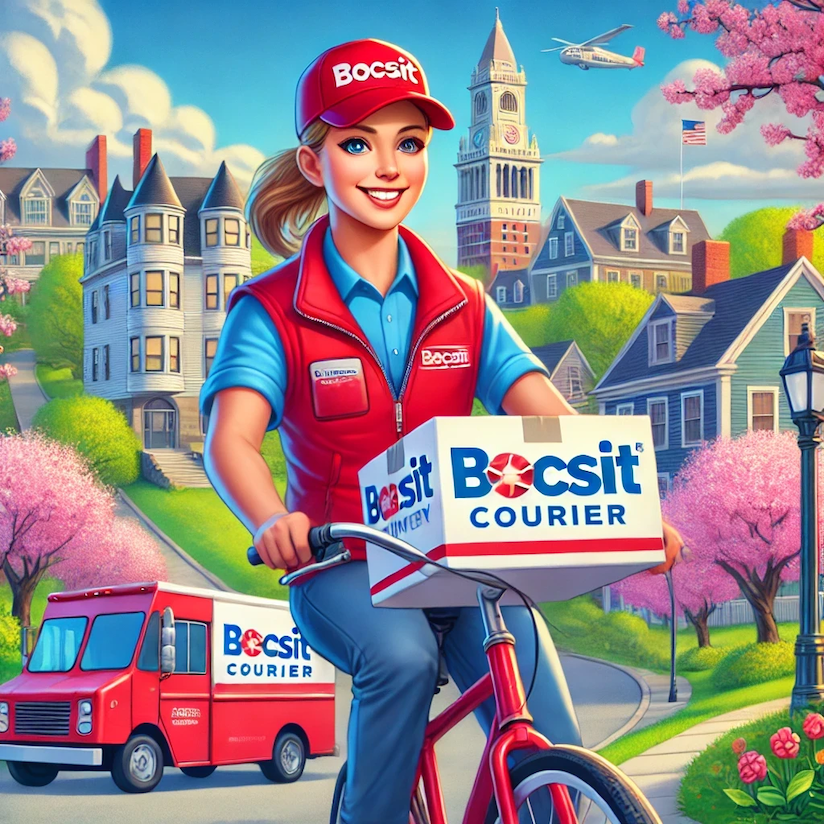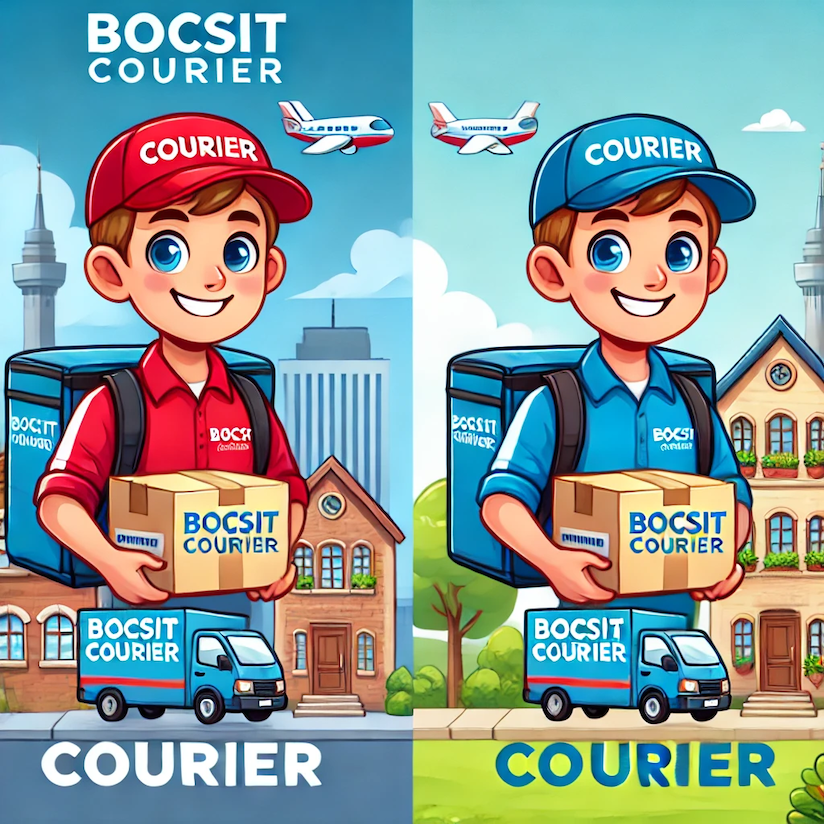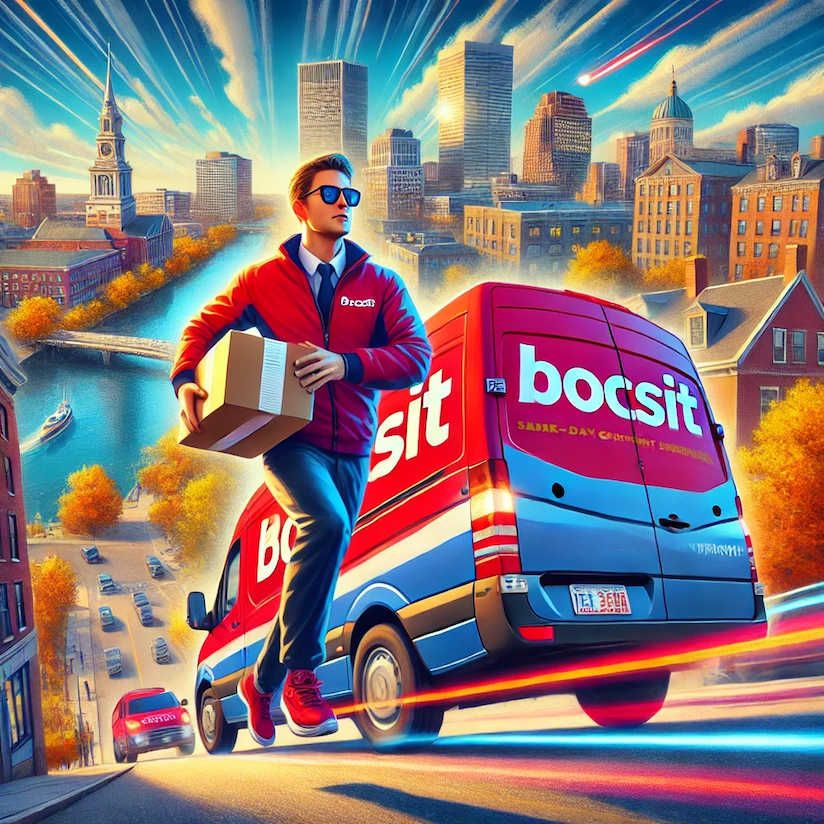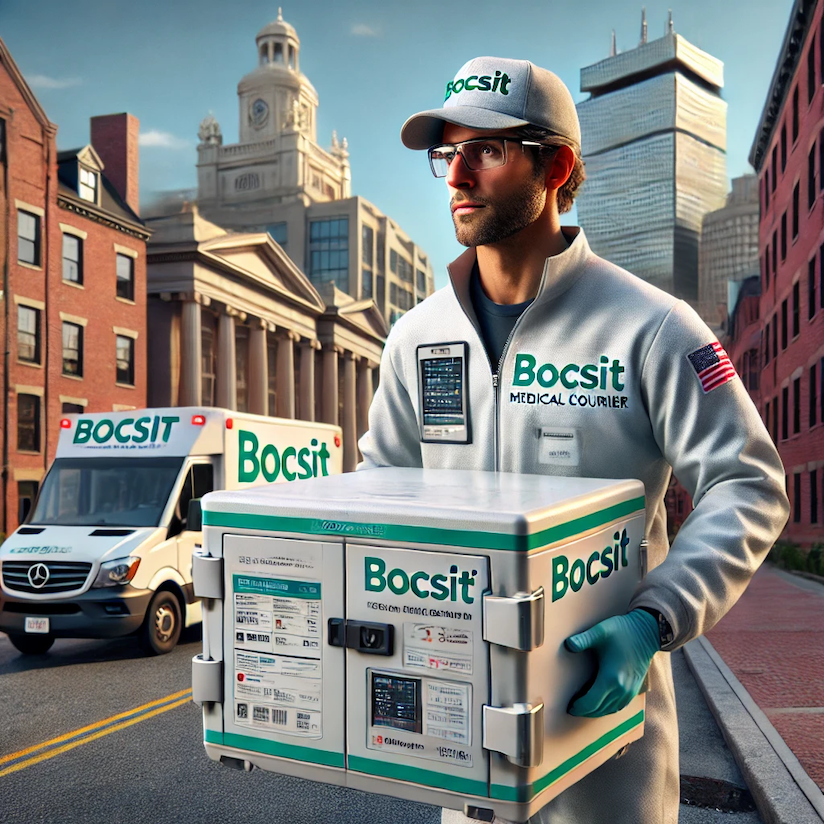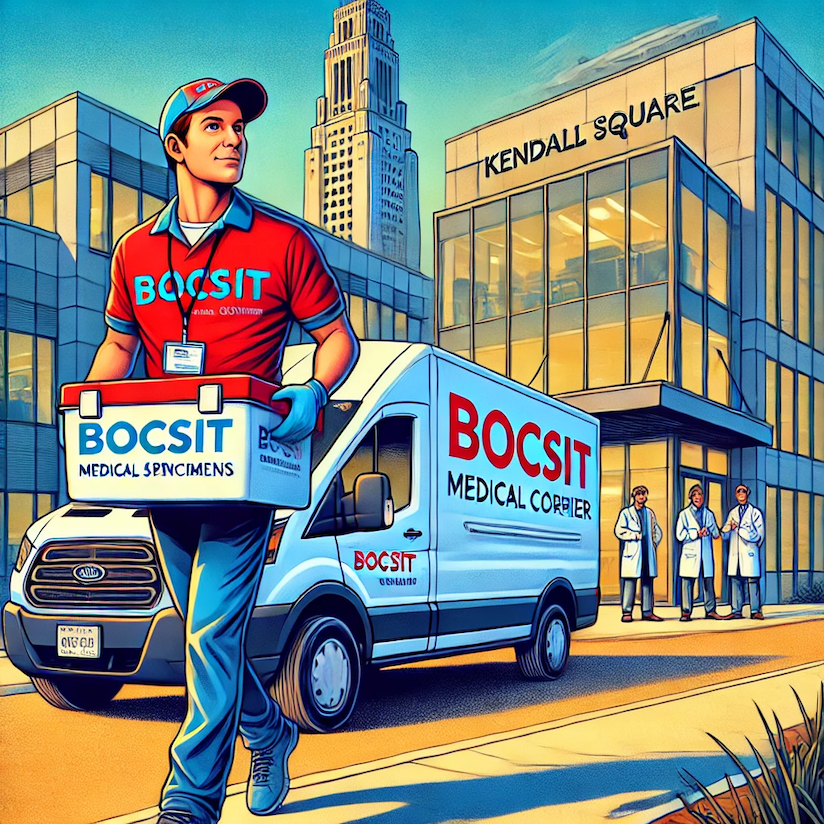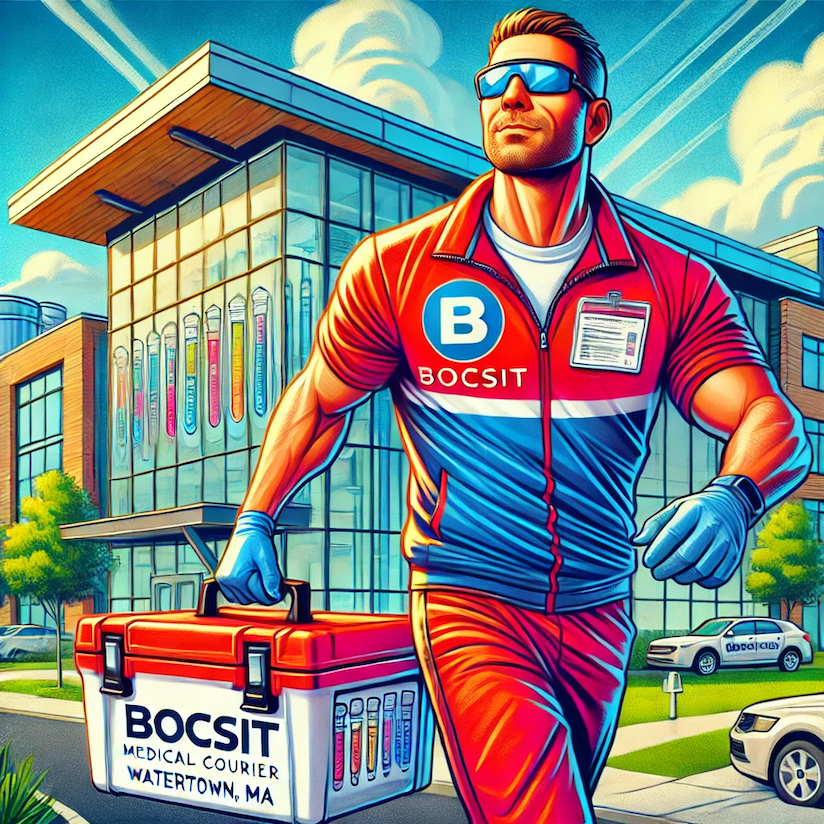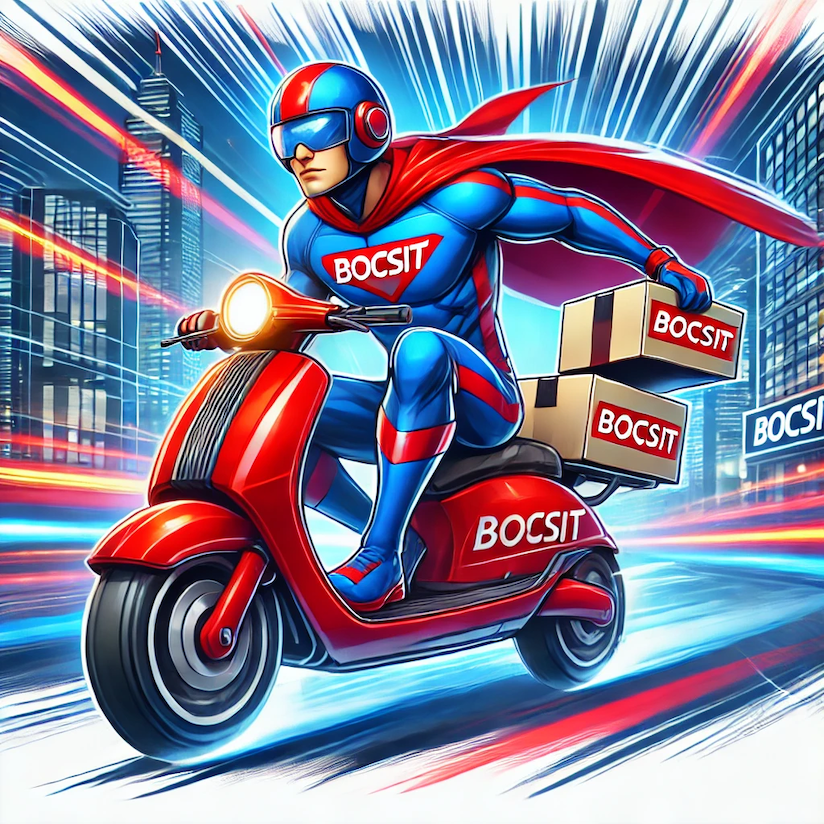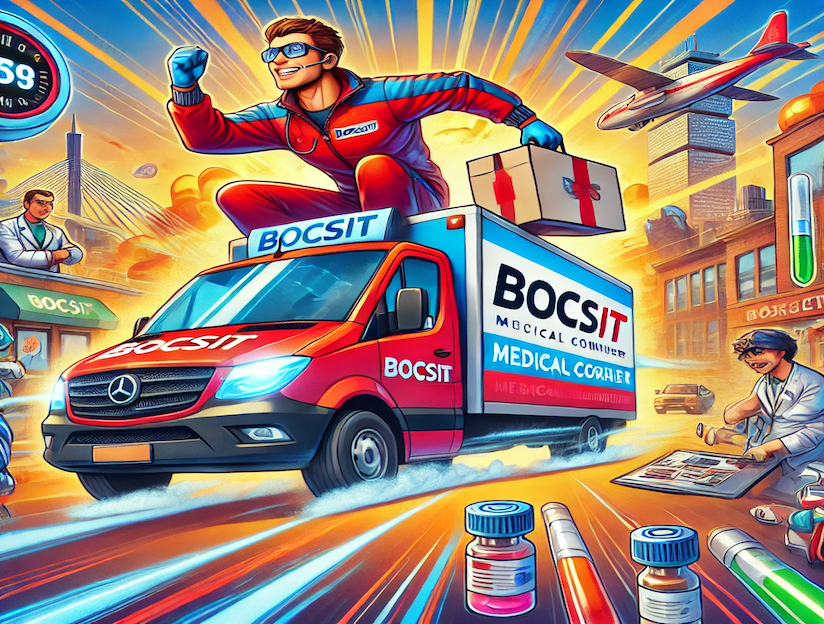The Complete Guide to Understanding Last-Mile Delivery
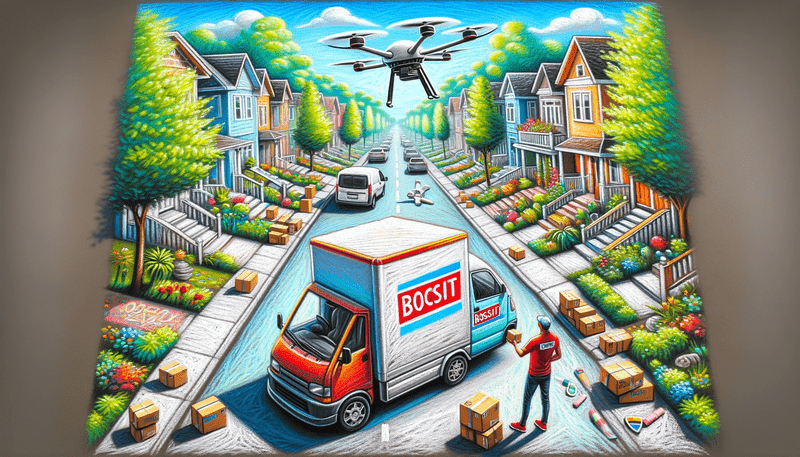
In an era where online shopping has become more than just a convenience, but a lifeline for many, last-mile delivery stands as the final hurdle in the race from warehouse to doorstep. It's the moment of truth where efficiency, cost, and customer satisfaction converge. This blog peels back the layers of last-mile delivery, exploring its significance, inherent challenges, and the transformative innovations that are reshaping the way businesses approach this crucial step in the logistics chain.
The Final Frontier of Logistics
Imagine ordering a product online and having it arrive at your doorstep almost as swiftly as if you'd fetched it yourself. That's the promise of last-mile delivery, a critical component of the logistics sector tasked with closing the gap between the final distribution center and the end customer. In today’s fast-paced e-commerce environment, mastering last-mile delivery is more than an operational necessity; it's a competitive advantage.
Why Last-Mile Delivery Matters More Than Ever
The last leg of the delivery journey is the most complex and costly, accounting for up to 53% of the total shipping cost. But why is it so pivotal?
- Customer Expectations: A seamless delivery experience can significantly enhance customer satisfaction and loyalty.
- Environmental Impact: With the increase in deliveries comes the challenge of managing the carbon footprint, making sustainable last-mile solutions critical.
- Technological Evolution: The rapid advancement of technology offers new avenues to tackle last-mile challenges, from route optimization to autonomous delivery vehicles.
Navigating Through Challenges
Despite its importance, last-mile delivery is fraught with obstacles:
- High Costs and Inefficiencies: Urban congestion, failed delivery attempts, and the small size of individual orders inflate delivery costs.
- Rising Customer Demands: Customers not only want fast and free delivery but also expect flexibility and real-time tracking.
- Sustainability Concerns: The environmental impact of increased delivery vehicles on the road, along with packaging waste, is a growing concern.
Innovations Driving Change
Faced with these challenges, businesses and logistics providers are turning to innovative solutions:
- Advanced Route Optimization: Leveraging AI and machine learning to plan the most efficient delivery routes, reducing time and fuel consumption.
- Alternative Delivery Methods: From drones to autonomous ground vehicles, exploring new delivery mechanisms offers the promise of faster, cost-effective, and environmentally friendly options.
- Micro-Fulfillment Centers: Establishing smaller, localized distribution centers to reduce travel distances and respond more rapidly to online orders.
- Green Logistics: Implementing electric vehicles and sustainable packaging materials to minimize environmental impact.
Looking Ahead: The Future of Last-Mile Delivery
The landscape of last-mile delivery is rapidly evolving, driven by innovation and changing consumer expectations. Looking forward, the integration of technology and sustainable practices will be key in addressing the challenges of last-mile delivery. Businesses that adapt quickly to these changes, investing in solutions that prioritize efficiency, customer satisfaction, and sustainability, will not only survive but thrive in the competitive e-commerce arena.
FAQs
What impact does last-mile delivery have on customer satisfaction?
A seamless and efficient last-mile delivery experience can significantly boost customer satisfaction, encouraging repeat business and positive reviews.
How can small businesses compete in last-mile delivery?
Small businesses can leverage third-party logistics providers with robust last-mile delivery networks or invest in local fulfillment solutions to enhance their delivery capabilities.
Wrapping It Up
Last-mile delivery is a critical battleground for businesses in the e-commerce era, where efficiency, cost, and customer satisfaction are key. By embracing innovation and focusing on sustainable practices, companies can navigate the complexities of last-mile delivery and set themselves apart in a crowded marketplace. As we look to the future, the evolution of last-mile delivery will undoubtedly continue to shape the landscape of e-commerce and logistics, making it an exciting space to watch.


